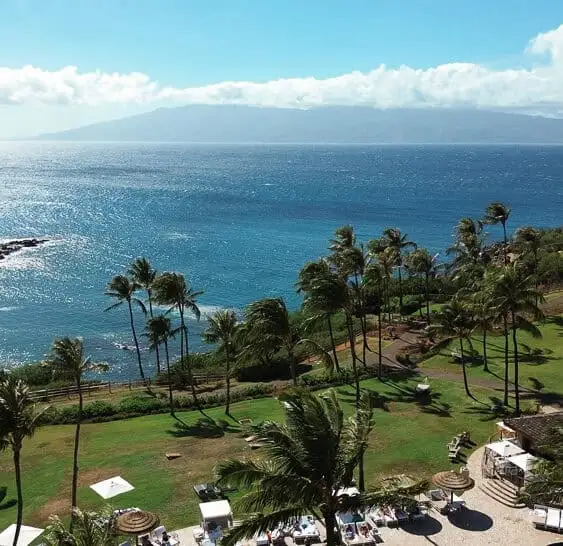Santorini and Mykonos aren’t the only islands Greece has to offer. Composed of over 6,000 islands, according to Visit Greece, the country has tons of destinations waiting to be discovered with sights just as impressive as Santorini’s white and blue buildings—without crowds of tourists.
These are the most underrated islands in Greece, according to frequent travelers:
Koufonisia
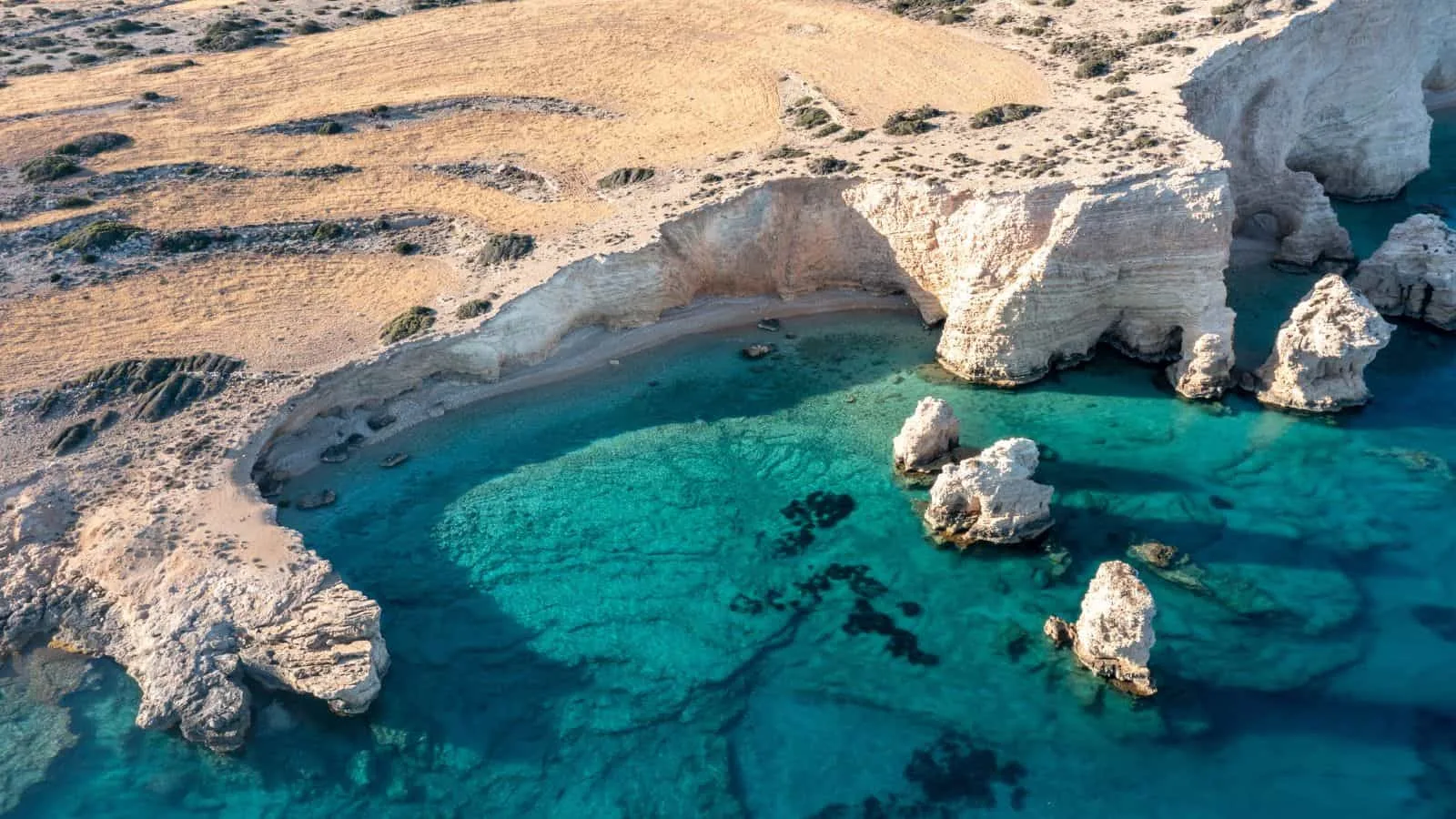
Composed of three islands, Pano Koufonisi, Kato Koufonisi, and Keros, Koufonisia is lined with golden sand beaches and turquoise waters.
You won’t find oversized resorts or big-name chains here—unlike more popular islands in the Cyclades, Koufonisia still maintains much of the Greek island’s old-world charm. Pano Koufonisi is the place to be, with its barely busy beaches. $6 gets you a trip on a wooden boat to beaches around the island, like Pori Beach. When you’re ready to return, settle into dinner with a view at Sorokos.
Elafonisos
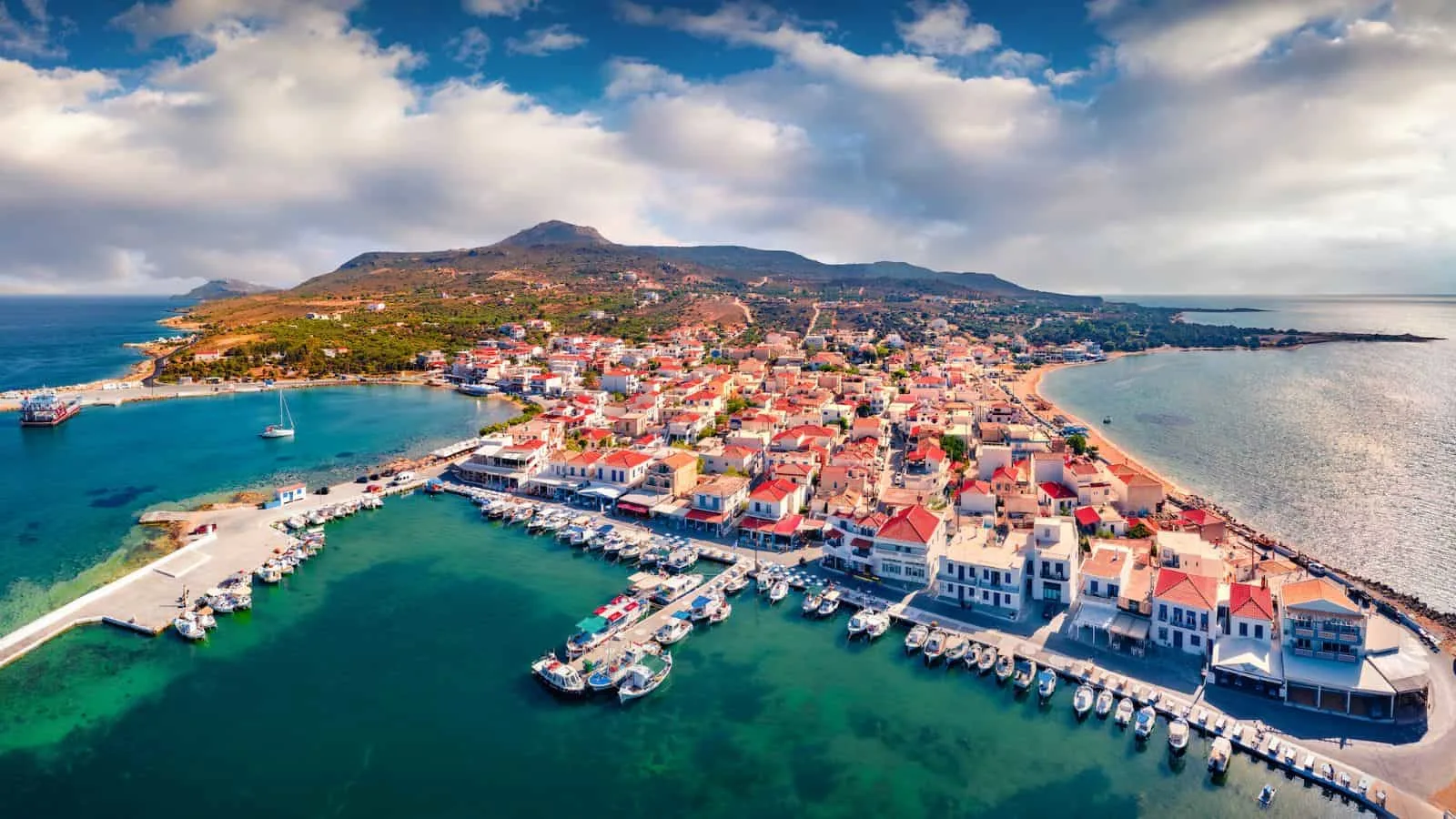
Total relaxation awaits in Elafonisos, a sleepy island between the Peloponnese and Kythira. Considered the “Caribbean of Greece” for its waters, mass crowds of tourists still haven’t seemed to discover that Simos, Sarakiniko, and Panagia are some of Greece’s most blissful beaches.
Visiting these beaches isn’t for more conservative minds—some of Elafonisos’ beaches, such as Mikros Simos, welcome visitors to forgo swimwear.
Lemnos (Limnos)
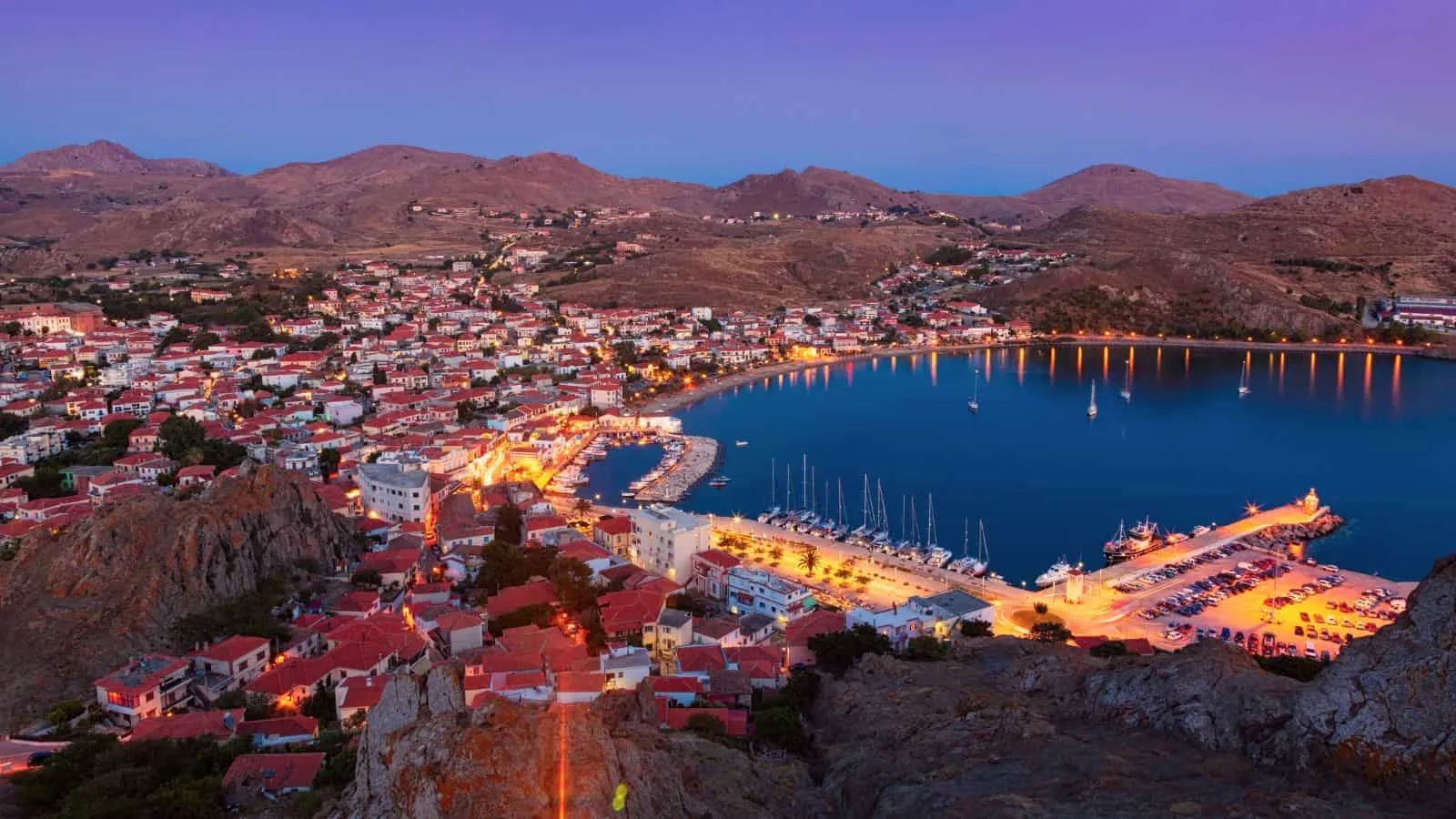
Lemnos, also spelled Limnos, is covered by volcanic landscapes. Located in the North Aegean Sea, the island is an array of otherworldly rock formations, sweeping sand dunes, and wetlands.
Head to the island’s capital, Myrina, to stroll the historic town before climbing up to the Castello di Myrina (Byzantine Castle). To continue exploring the island’s heritage, stop by the Archaeological Museum, home to several centuries of artifacts.
Samothrace (Samothraki)
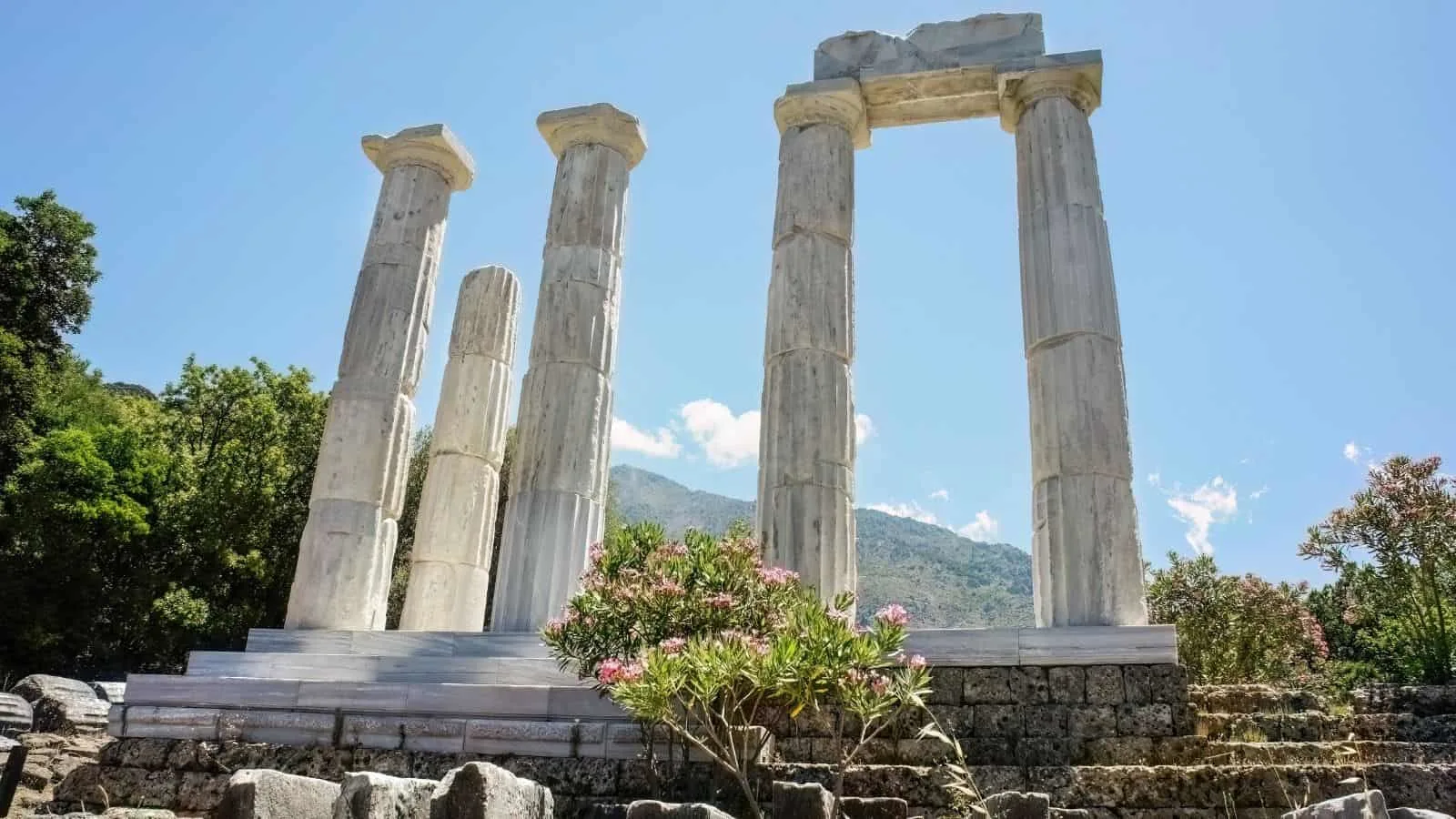
Samothrace, also known as Samothraki, is rooted in history. Its highest peak, Mount Saos, which is also the highest mountain in the Aegean, is where Poseidon sat to watch the Troy War in Greek mythology.
Past Mount Saos, you can dive into the island’s natural mineral springs, discover archaeological finds, and explore landmarks such as the Sanctuary of the Great Gods and Castello Gattilusi.
Paros
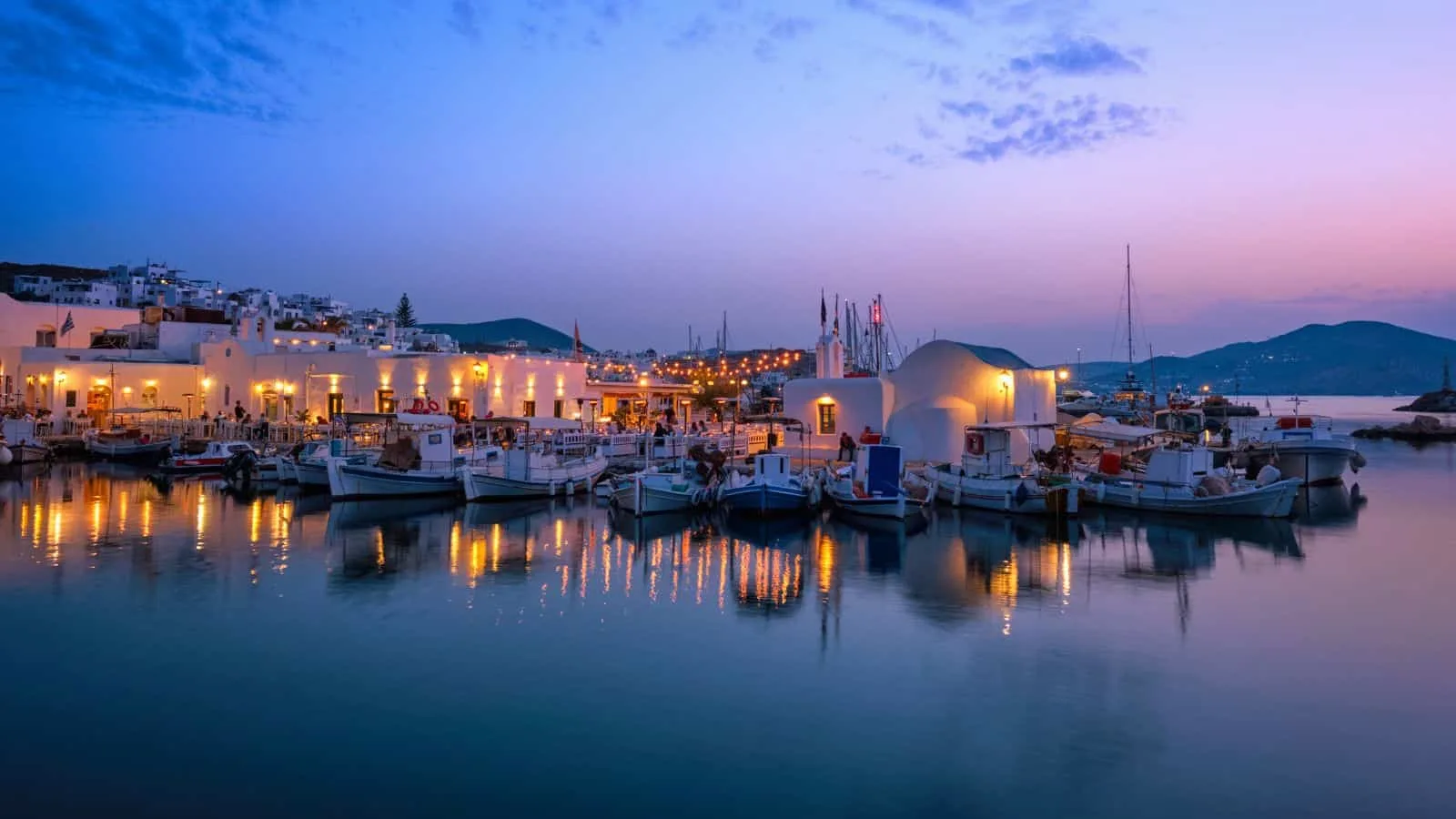
Known for its crystal clear waters and charming villages, Paros is a strong alternative to Santorini and Mykonos for travelers looking for a Greek island that is upbeat and buzzy, not undesirably busy.
Head to Kolimbithres on the north coast for swimming in coves. For a step back in time, visit Panagia Ekatontapiliani, a Byzantine church and one of the island’s most popular landmarks.
Sifnos
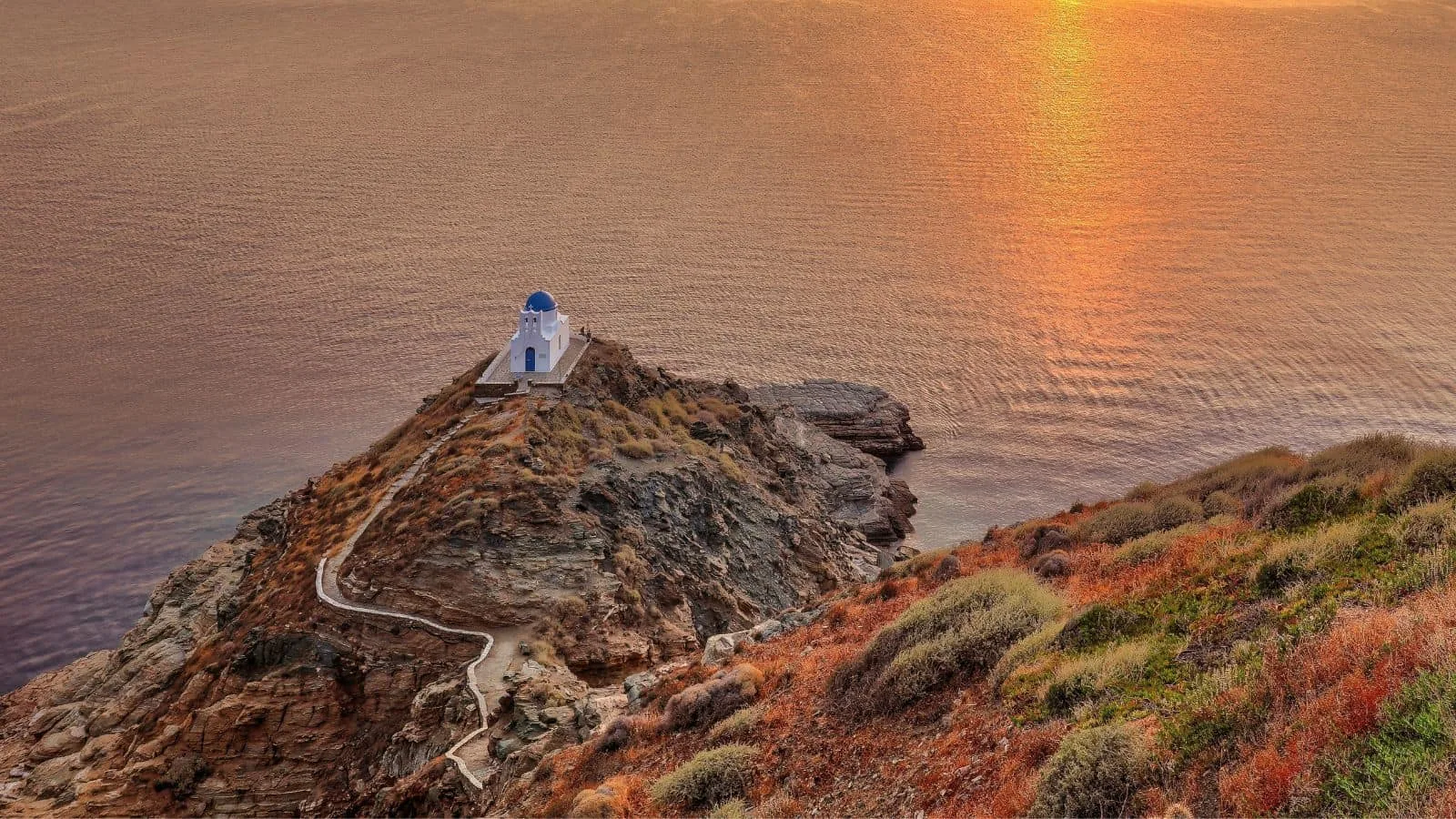
White Cycladic villages dot Sifnos, a small, mountainous island best known for its food. Like most Greek islands, the scenery is beautiful and waters are blue, but its the culinary scene that makes the island truly unique, thanks to chef Nicholas Tselementes who wrote the first Greek cookbook in 1910.
Try essential Greek plates like revithokeftedes (falafel-like chickpea fritters) or dine on fresh seafood such as squid, octopus, and fish.
Kefalonia
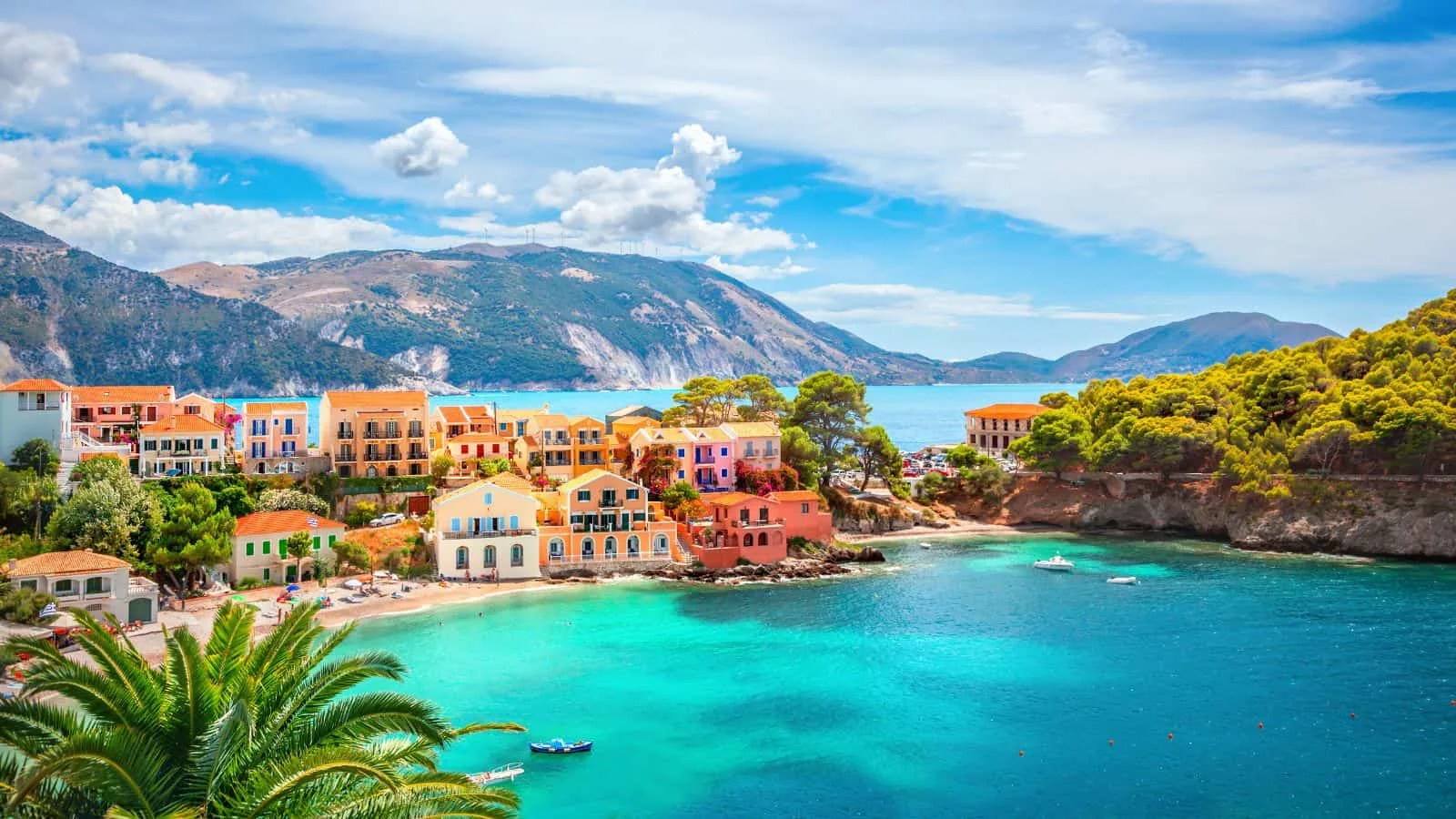
Nestled in the Ionian Sea, colorful Kefalonia almost looks like something out of Italy’s iconic Amalfi Coast. Bright blue water compliments picturesque villages accented by green mountains.
Take it easy by visiting one of the island’s vineyards, or for something more active, go diving around the island’s shoes to see rare Caretta-caretta turtles or head up the mountains for stunning views.
Crete
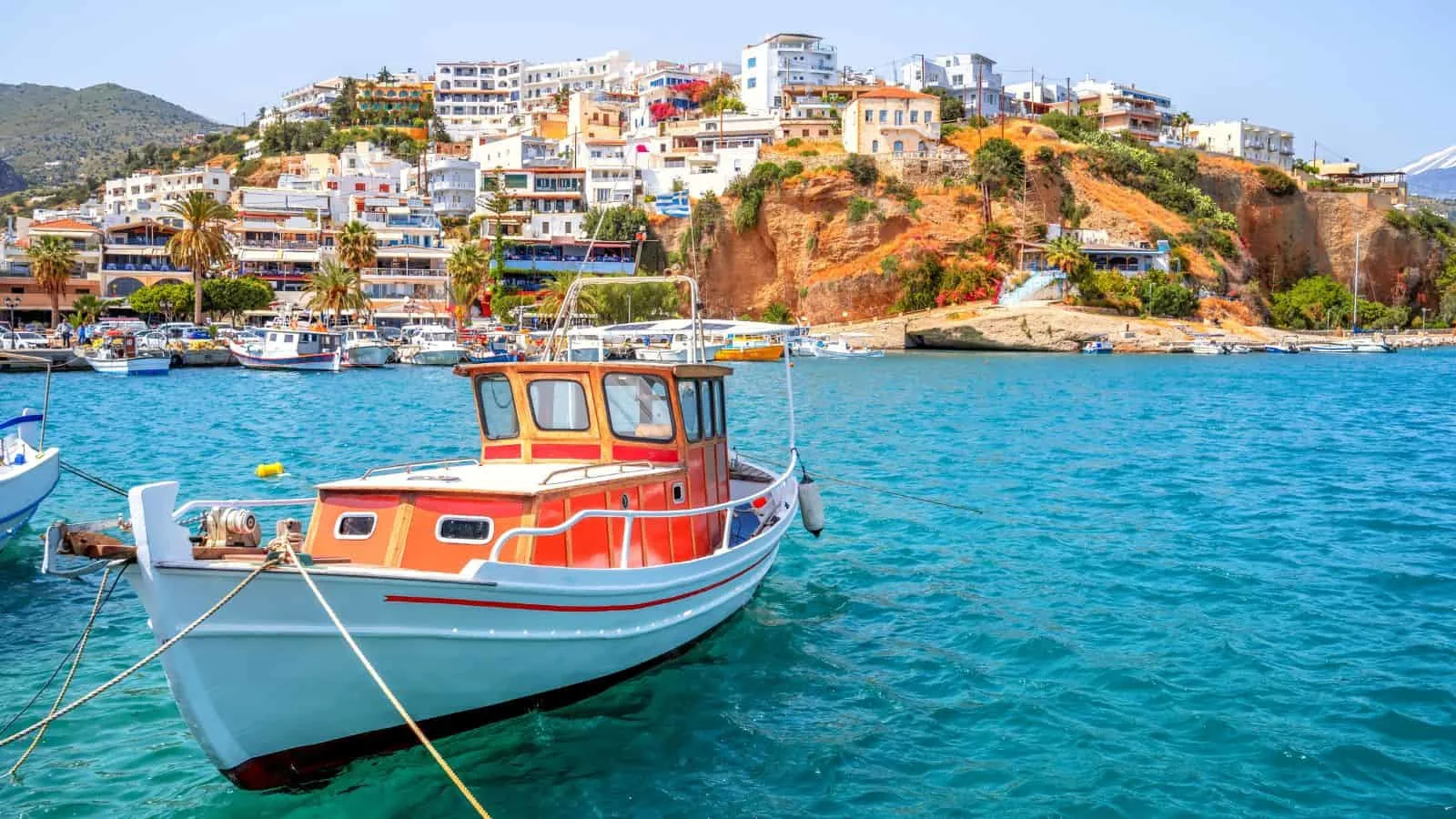
Crete is the fifth-largest island in the Mediterranean Sea and the largest in Greece. It isn’t exactly under the radar, but it doesn’t see the same demand as other Greek islands.
The island has it all—winemaking, beaches, nightlife, Minoan archaeology sites, and cozy old towns. Start your trip in western Chania, known for its 14th-century Venetian harbor, before continuing to Heraklion, the island’s capital, and then to Rethymnon (Rethimno), a historic coastal village.
Naxos
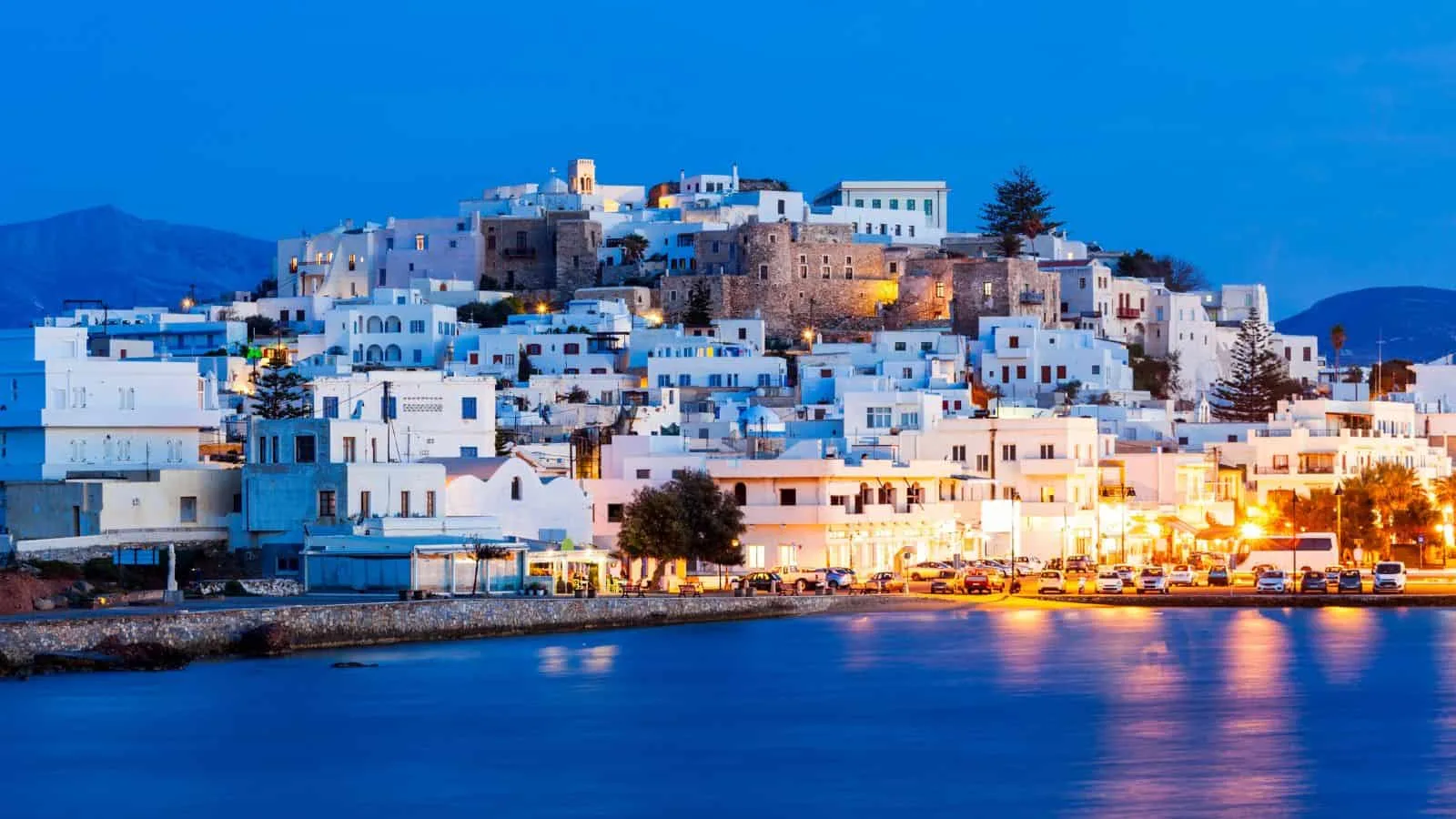
Naxos is relatively popular in Greece, but even with its crowds, it still isn’t quite as dense and expensive as Santorini and Mykonos, making it a wonderful alternative to the islands. The largest of the Cyclades, Naxos, is easily accessible from Athens, Mykonos, Paros, and Santorini.
Strong Venetian and Frank influences lend themselves to the many ancient landmarks on the island, such as Portara, the gate of a temple dedicated to Apollo. Base yourself in Chora, Naxos’ whitewashed harbor town with maze-like streets filled with souvenir stores, restaurants, and cafes.
Folegandros
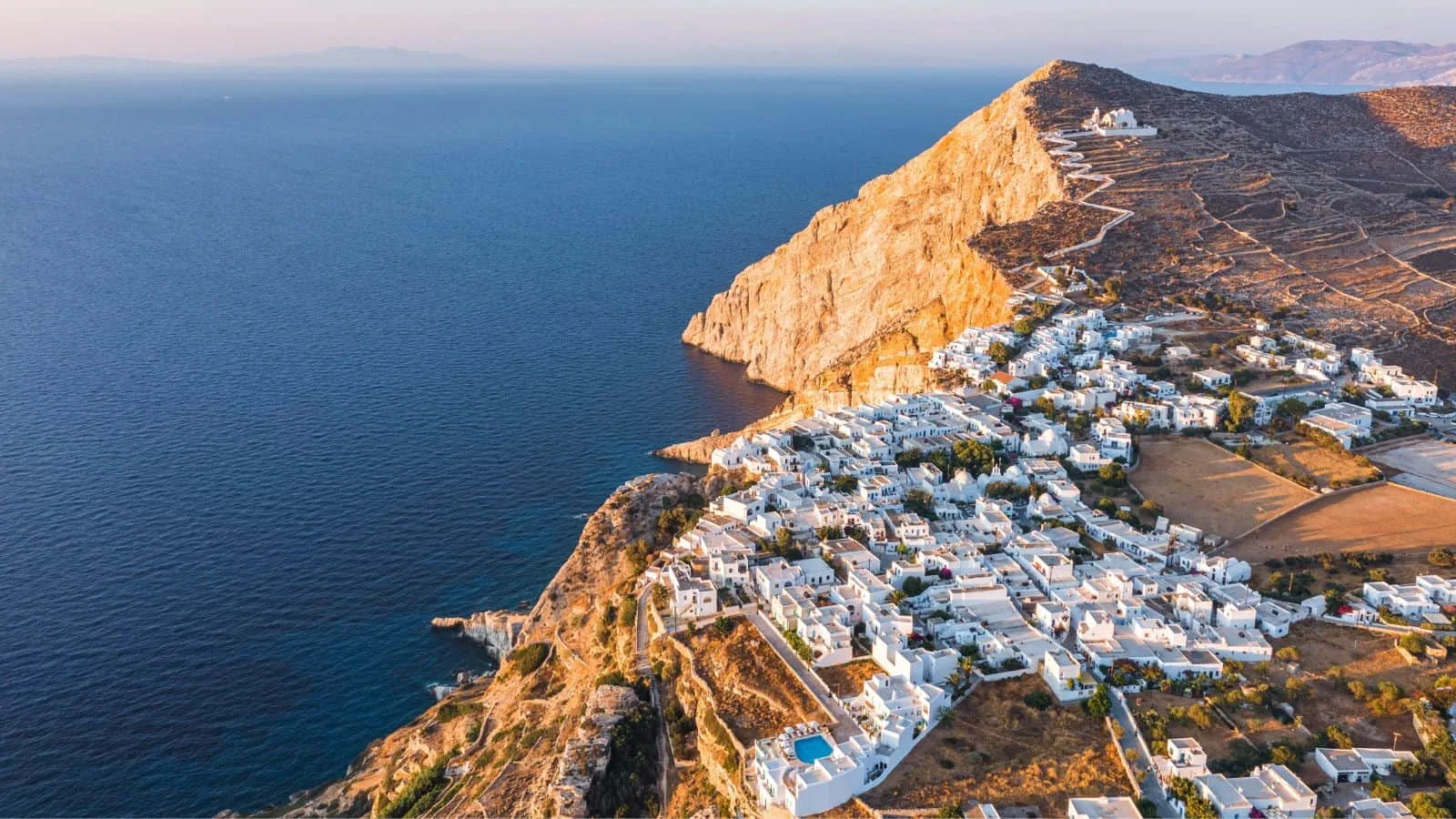
Folegandros is one of the Cyclades’ most photogenic and overlooked islands. Wild nature takes over on this island, with white Cycladic villages perched on rugged rock formations.
The New York Times hails the island as “the most charmingly ‘Greek’ of all the Cyclades,” and for good reason. The main village, Chora, looks straight out of a postcard, welcoming guests with romantic hotels, quaint eateries, and a slow-paced lifestyle. The Church of Panagia, the island’s most recognizable symbol, sits above the village, offering panoramic views of the Aegean Sea.
Syros
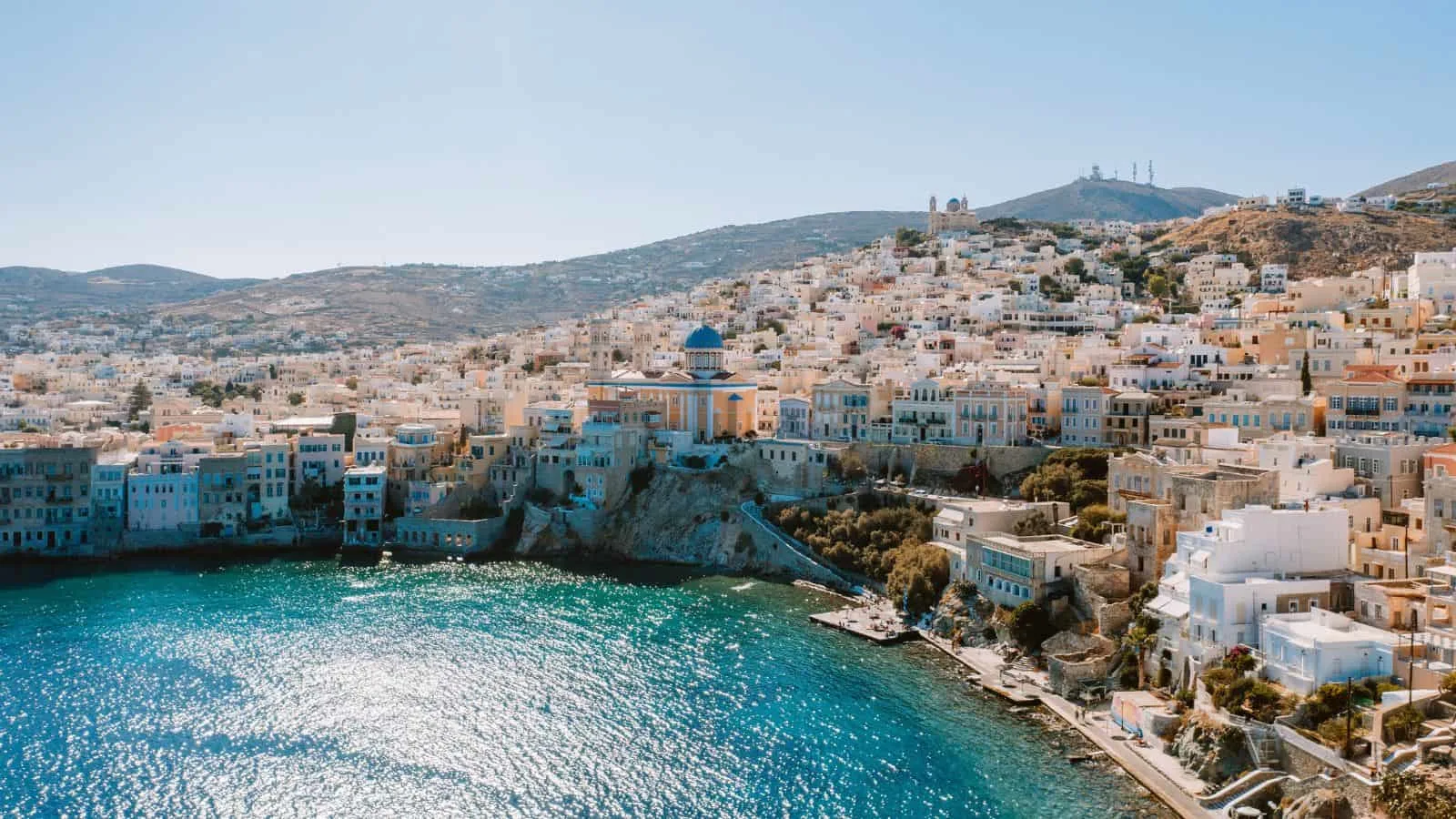
The capital of the Cyclades isn’t an overcrowded tourist island. Instead, it’s Syros, also spelled as Siros or Syra. Lavish Ermoupoli, embellished with an Orthodox church, is grand and colorful, while Ano Syros reflects traditional Cycladic architecture.
Past its architecture, Syros has much to offer for food. Try halvadopita (nougat pie), sweet loukoumia (flavored cubes of sugar, water and starch), and cold sausages such as louza and maratholoukanika.
Hydra
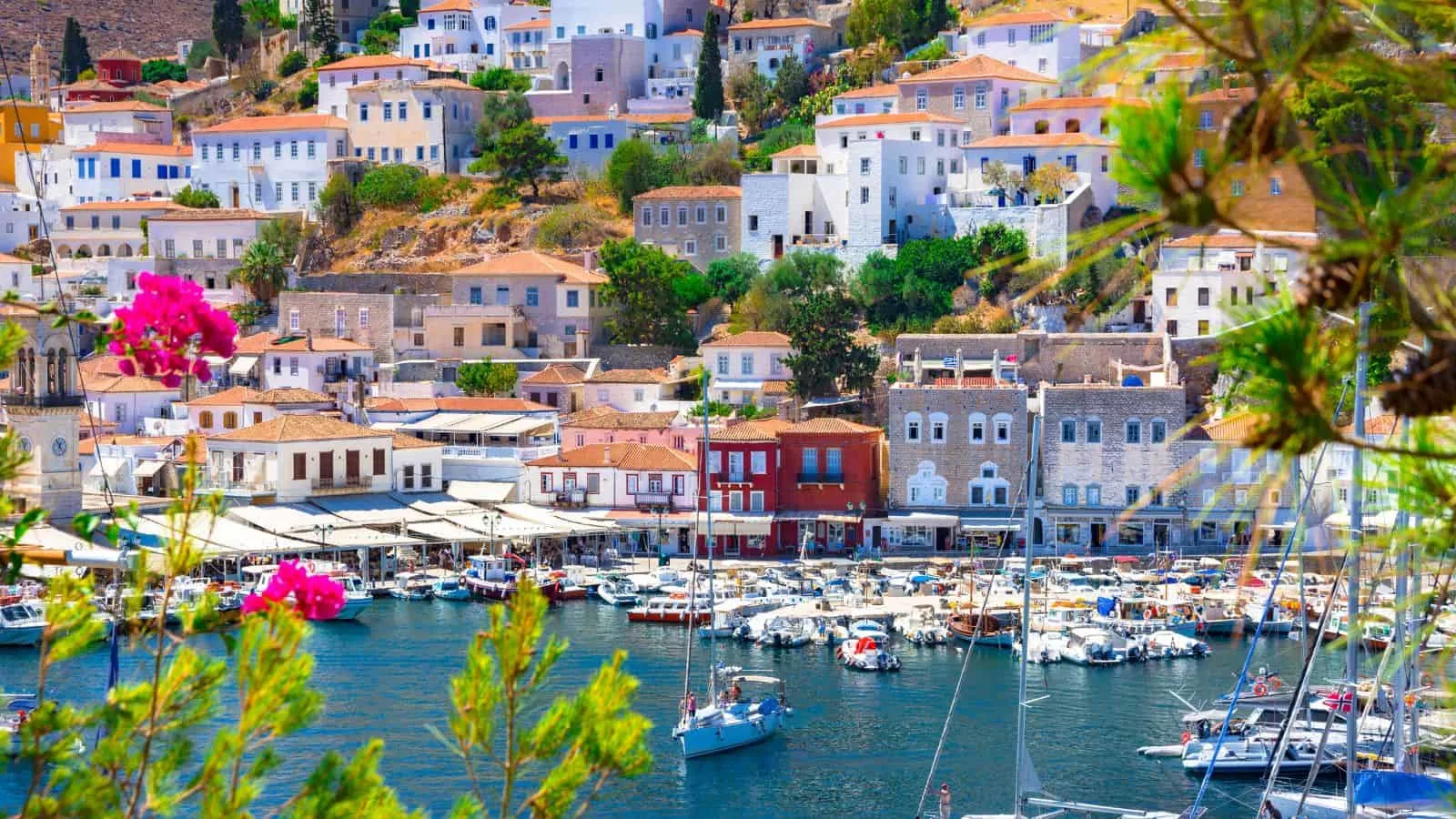
Hydra (Ydra, Idra) is a car-free island escape. One of the Saronic Islands of Greece, water taxis transport tourists around the coast while donkeys transport goods between locales. The appeal of the island goes beyond its beaches and monuments—it’s the idyllic lifestyle that keeps tourists coming back.
The best way to experience Hydra is by taking things slow. Relax at a sidewalk cafe with a flaky baklava and a glass of Greek wine as you watch the sun fall.
Rhodes
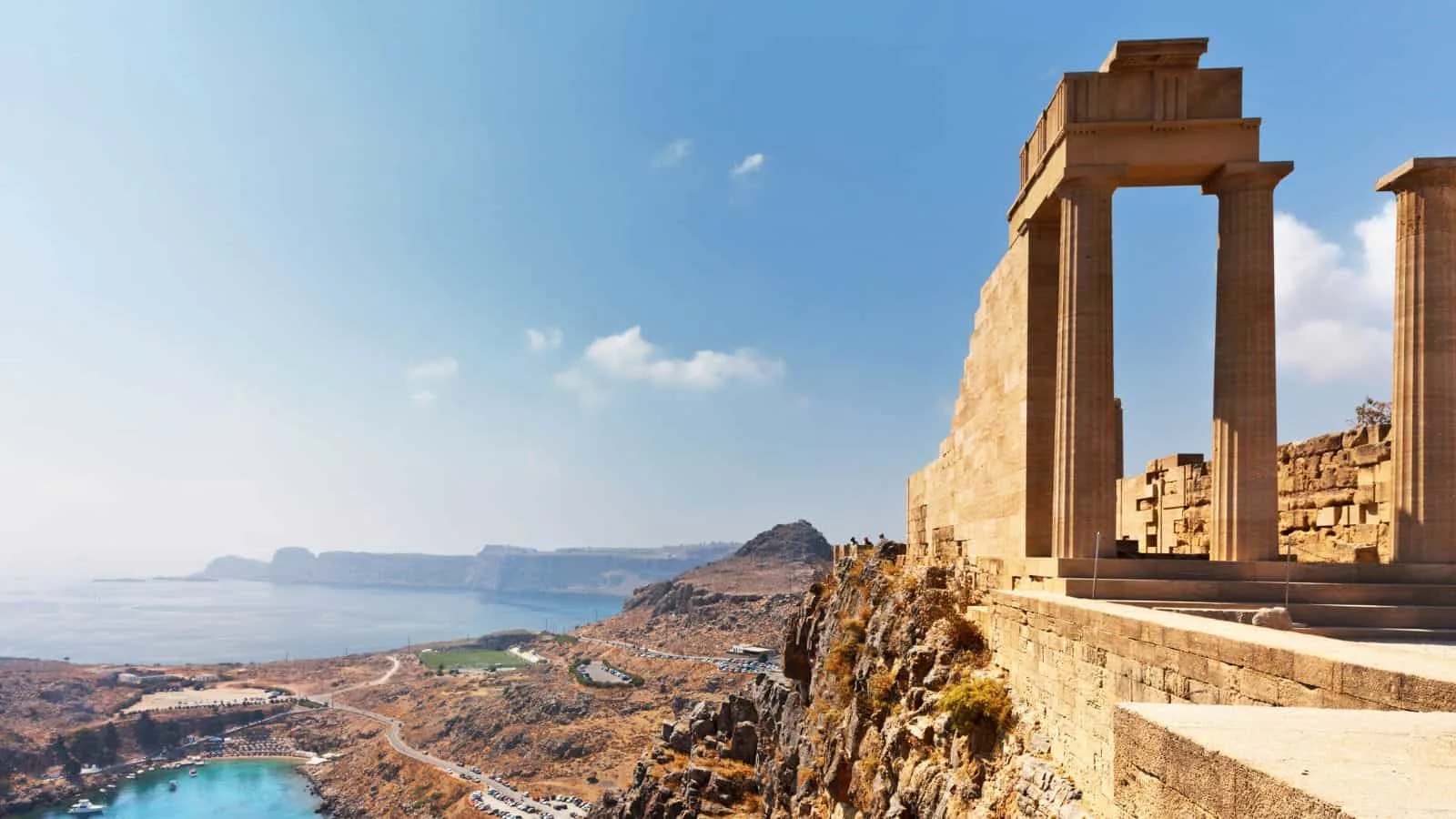
The largest of the Dodecanese islands, Rhodes is a balance of ancient ruins and sprawling beach resorts. Remains from its days under occupation by the Knights of St. John during the Crusades still exist on the island.
Must-visits on Rhodes include the Palace of the Grand Master of the Knights of Rhodes, sitting atop the island, and the Lindos Acropolis.
Milos
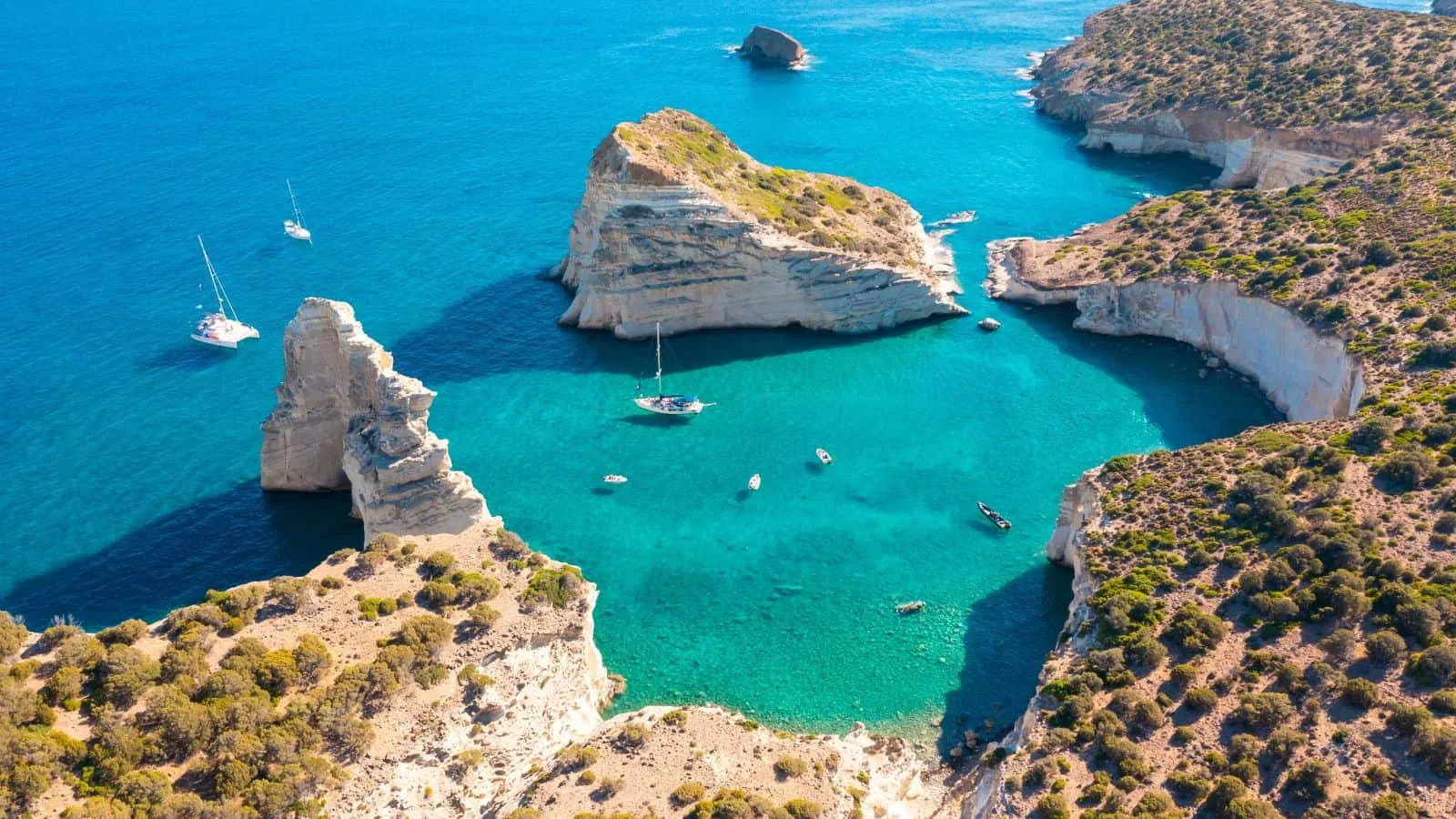
Milos’ volcanic origins are responsible for the moonlike rock formations on the island today. It’s here that the Venus de Milo statue, currently on display at the Musée du Louvre in Paris, was discovered.
It’s all about the beaches on Milos, where shimmering blue waters are easily found. Go cliff-jumping, discover sea caves, or go for a sail to discover Kleftiko, a former hideaway for pirates. Sarakiniko Beach is easily one of the island’s most popular for its unique moonscape that forms bridges and caves.
Discover Santorini

Santorini is popular for a reason. Explore everything the island has to offer, from charming towns to breathtaking views.
Santorini Sightseeing: Top 20 Things to Do in Santorini
These destinations have been ruined by tourism
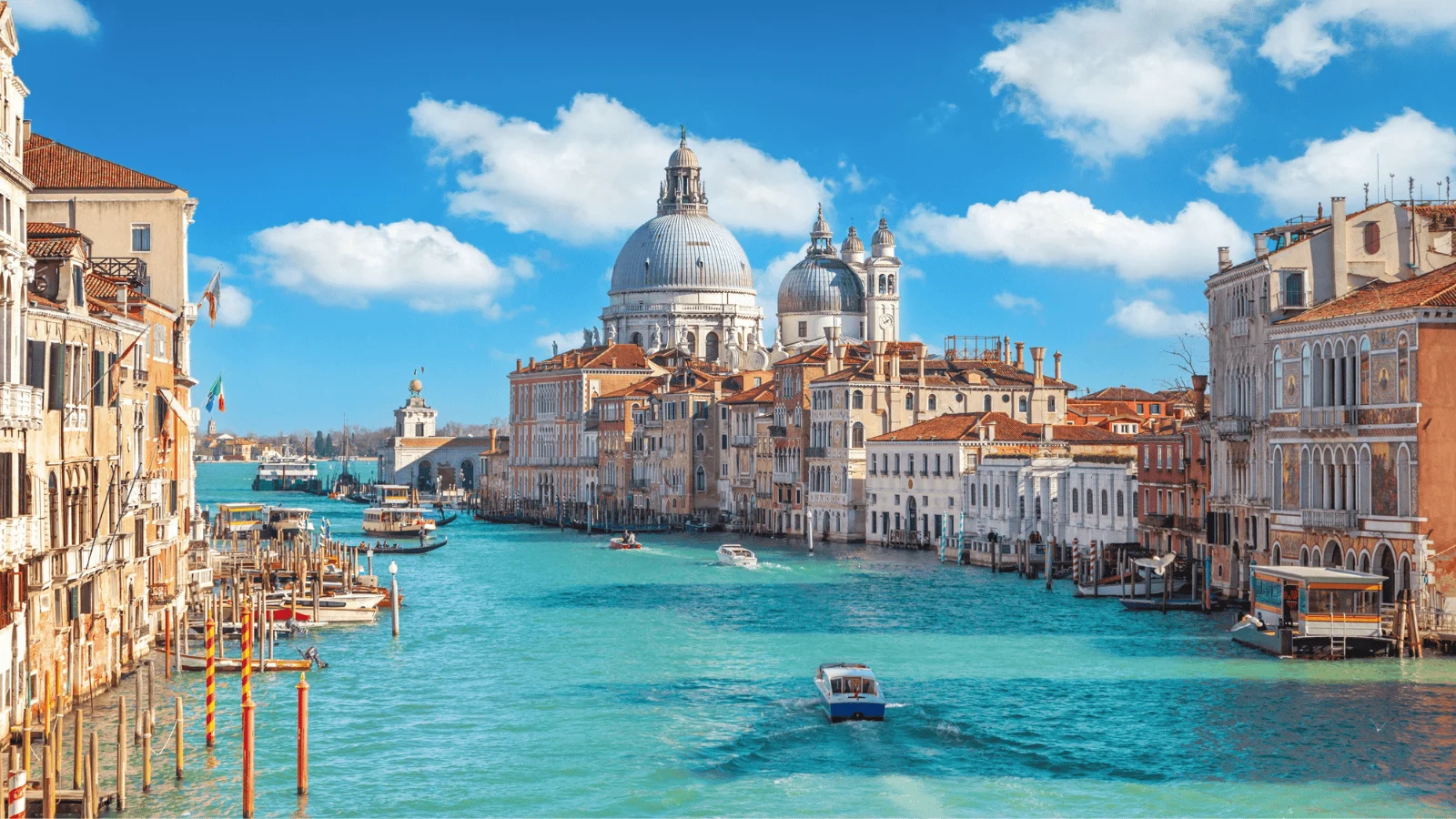
Overtourism is causing issues all over the world, and these destinations are feeling it the most. Before you book your next trip, stay mindful of the crowds you might encounter.
13 Famous Destinations Ruined by Tourism

Elise Armitage is an entrepreneur and founder of What The Fab, a travel + lifestyle blog based in California. At the beginning of 2019, Elise left her corporate job at Google to chase her dreams: being an entrepreneur and helping women find fabulous in the everyday. Since then, she’s launched her SEO course Six-Figure SEO, where she teaches bloggers how to create a passive revenue stream from their website using SEO. Featured in publications like Forbes, Elle, HerMoney, and Real Simple, Elise is a firm believer that you can be of both substance and style.



